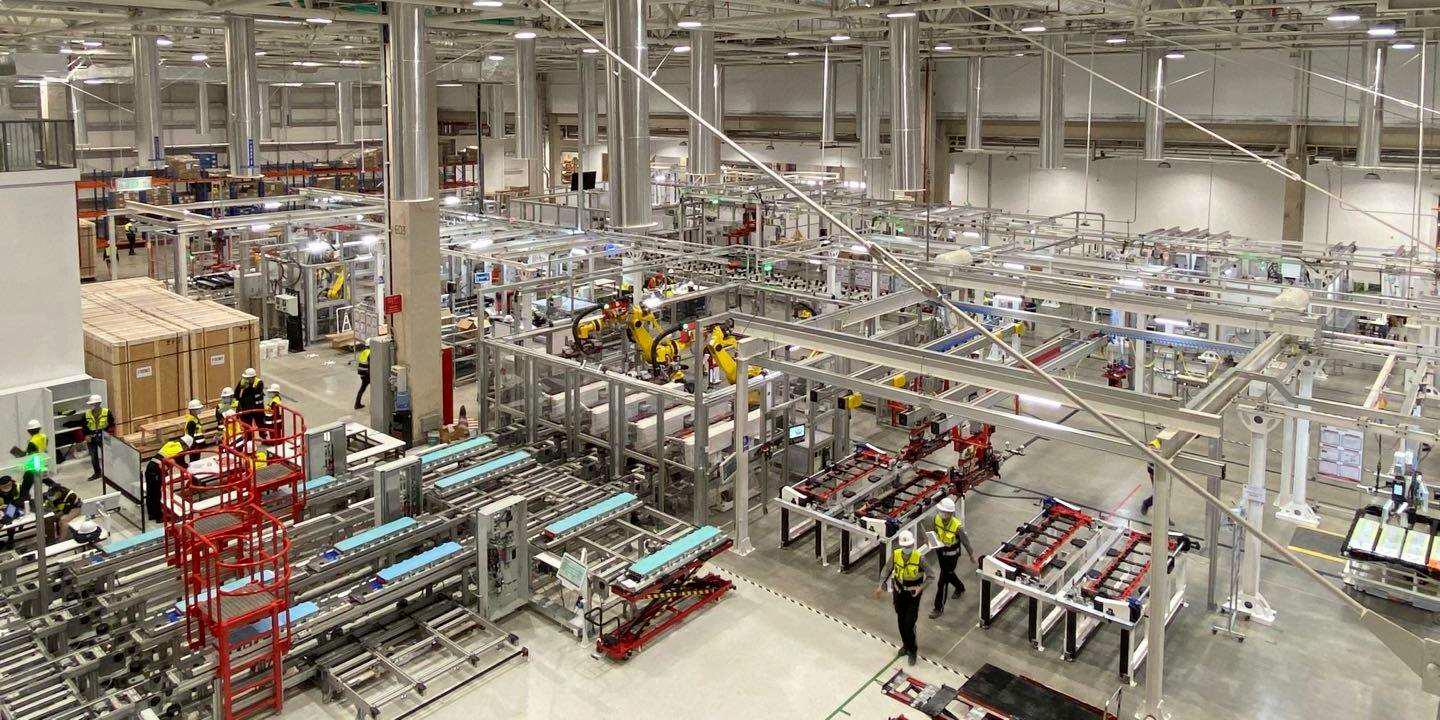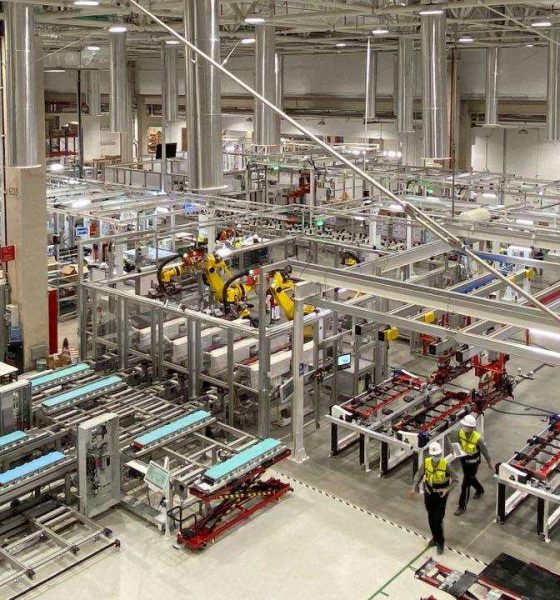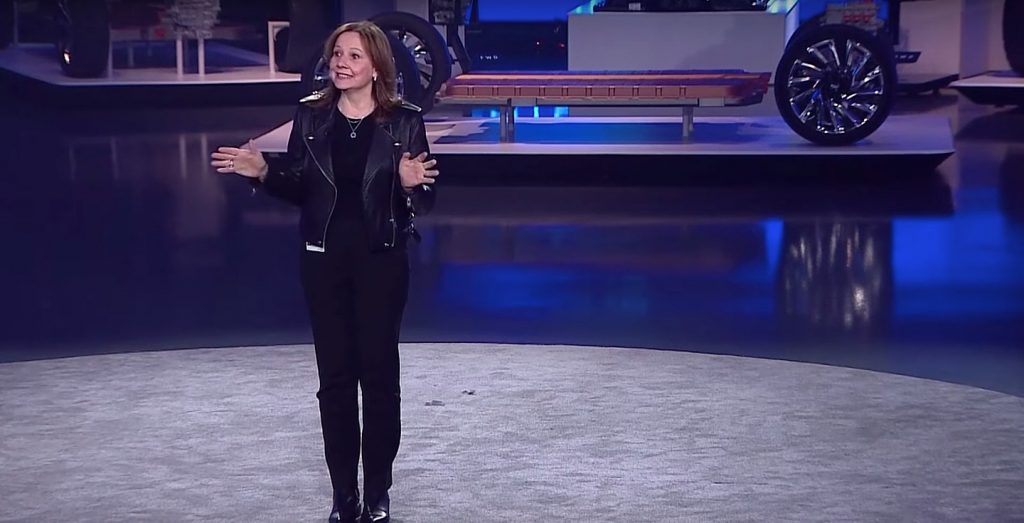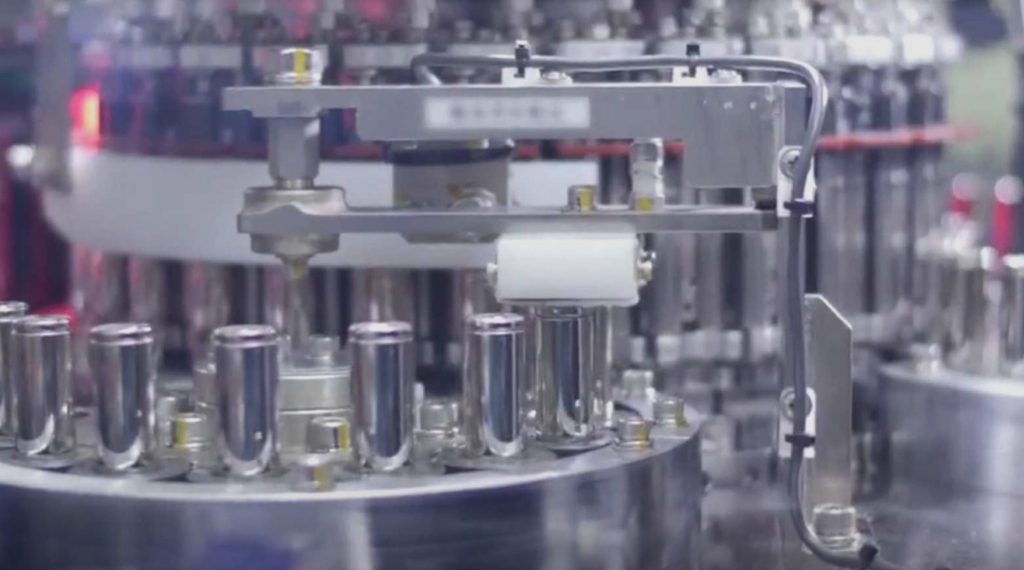

News
Tesla’s million mile battery: Veteran auto’s ‘fake it till you make it’ strategy is perfectly fine
It is no secret that Tesla is actively pursuing a million-mile battery. With such an innovation, Tesla hopes to make its electric cars outlast gasoline-powered vehicles several times over, while ensuring that its energy storage devices are capable of lasting literal decades while being actively deployed. But if recent news is any indication, it appears that Tesla is not the only company that is closing in on a million-mile battery.
During a recent online investor conference, GM Executive Vice President Doug Parks stated that the veteran American automaker is also working on a million mile battery solution. Beyond this, Parks suggested that GM is “almost there” in developing a battery that’s far above the Ultium batteries that were announced last March. Unfortunately, the GM executive did not specify a solid timeline for the introduction of its own million mile battery, only stating that multiple teams were working on it.
GM’s rather sudden announcement of its million-mile battery echoes the company’s overall strategy with its electric vehicle program. Back in March, the automaker unveiled a sweeping electric vehicle strategy that will involve $20 billion in investments and about 20 EVs for practically every market. But despite the grandiose plans and announcements, the veteran automaker did not really disclose a lot of concrete details about its EV push, such as pricing, specifications, and timing.

GM’s approach to electric vehicles almost seems like a “fake it till you make it” strategy. Back in March, there was a lot of talk about Tesla’s upcoming Battery and Powertrain Day, which was speculated to involve discussions and announcements about the company’s next-generation of electric vehicles and energy solutions. GM’s “EV Day” seemed to be a response to this. In the same light, the previous weeks have involved updates about the impending release of Tesla’s million mile battery, an innovation that is apparently “almost there” in GM.
While this may at times feel like veteran automakers like GM are simply following Tesla’s EV playbook, it must be noted that every step made by legacy carmakers towards electric vehicles is a step towards the wider adoption of sustainable transport. Thus, despite the fact that GM’s EV strategies today are more smoke and mirrors and concept vehicles, the American automaker’s focus on electric cars is still admirable. This is a pretty big point for GM, considering that it is the very company that practically stopped the first coming of the modern electric car with its controversial cancellation of the EV1.
Besides, it is difficult to deny that legacy automakers such as GM are making an effort towards electrification now. Despite the fact that leaked production plans accessed by Reuters indicated that GM and Ford only intend to produce 320,000 EVs in 2026 for the North American market, the company is still investing heavily in EVs. For its Ultium batteries, for example, GM has stated that it is working with Korean firm LG Chem to find ways to reduce costs and improve overall performance. Adam Kwiatkowski, executive chief engineer of GM’s electric propulsion systems, noted that the automaker and LG Chem are also looking at investments in mines, hedging metals prices, and potential partnerships with metal refiners.

The next few years will definitely be one for the record books, as Tesla enters its next phase with its million mile battery and Plaid powertrain, and legacy automakers such as GM take a serious stance on electric vehicles. It’s easy to forget, after all, that less than a decade ago, the pervading narrative in the auto industry was that electric cars are still intended to be stuck as niche products, glorified golf cars for the wealthy and not much more.
The landscape today is very different, and there’s no bigger symbol of this change than GM’s own Hummer EV, a vehicle that’s the spiritual successor of the gas-guzzling monster SUV that pretty much killed the EV1. Other vehicles like the Tesla Cybertruck, which is expected to break the stereotypes of EVs as vehicles that cannot be used for real work and utility, further shows the steady trend forward for electric cars.
Tesla is a leader in the electric vehicle movement. That much is sure. But the company itself has noted that it cannot transition the world towards sustainability on its own. For true sustainability to happen, other companies, legacy carmakers like GM included, have to go all-in on the EV movement as well. One can only hope that this time, announcements such as GM’s million mile battery initiative are more on the “make it” side than on the “fake it” side.
H/T @ajtourville.

News
Tesla FSD fleet is nearing 7 billion total miles, including 2.5 billion city miles
As can be seen on Tesla’s official FSD webpage, vehicles equipped with the system have now navigated over 6.99 billion miles.

Tesla’s Full Self-Driving (Supervised) fleet is closing in on almost 7 billion total miles driven, as per data posted by the company on its official FSD webpage.
These figures hint at the massive scale of data fueling Tesla’s rapid FSD improvements, which have been quite notable as of late.
FSD mileage milestones
As can be seen on Tesla’s official FSD webpage, vehicles equipped with the system have now navigated over 6.99 billion miles. Tesla owner and avid FSD tester Whole Mars Catalog also shared a screenshot indicating that from the nearly 7 billion miles traveled by the FSD fleet, more than 2.5 billion miles were driven inside cities.
City miles are particularly valuable for complex urban scenarios like unprotected turns, pedestrian interactions, and traffic lights. This is also the difference-maker for FSD, as only complex solutions, such as Waymo’s self-driving taxis, operate similarly on inner-city streets. And even then, incidents such as the San Francisco blackouts have proven challenging for sensor-rich vehicles like Waymos.
Tesla’s data edge
Tesla has a number of advantages in the autonomous vehicle sector, one of which is the size of its fleet and the number of vehicles training FSD on real-world roads. Tesla’s nearly 7 billion FSD miles then allow the company to roll out updates that make its vehicles behave like they are being driven by experienced drivers, even if they are operating on their own.
So notable are Tesla’s improvements to FSD that NVIDIA Director of Robotics Jim Fan, after experiencing FSD v14, noted that the system is the first AI that passes what he described as a “Physical Turing Test.”
“Despite knowing exactly how robot learning works, I still find it magical watching the steering wheel turn by itself. First it feels surreal, next it becomes routine. Then, like the smartphone, taking it away actively hurts. This is how humanity gets rewired and glued to god-like technologies,” Fan wrote in a post on X.
News
Tesla starts showing how FSD will change lives in Europe
Local officials tested the system on narrow country roads and were impressed by FSD’s smooth, human-like driving, with some calling the service a game-changer for everyday life in areas that are far from urban centers.

Tesla has launched Europe’s first public shuttle service using Full Self-Driving (Supervised) in the rural Eifelkreis Bitburg-Prüm region of Germany, demonstrating how the technology can restore independence and mobility for people who struggle with limited transport options.
Local officials tested the system on narrow country roads and were impressed by FSD’s smooth, human-like driving, with some calling the service a game-changer for everyday life in areas that are far from urban centers.
Officials see real impact on rural residents
Arzfeld Mayor Johannes Kuhl and District Administrator Andreas Kruppert personally tested the Tesla shuttle service. This allowed them to see just how well FSD navigated winding lanes and rural roads confidently. Kruppert said, “Autonomous driving sounds like science fiction to many, but we simply see here that it works totally well in rural regions too.” Kuhl, for his part, also noted that FSD “feels like a very experienced driver.”
The pilot complements the area’s “Citizen Bus” program, which provides on-demand rides for elderly residents who can no longer drive themselves. Tesla Europe shared a video of a demonstration of the service, highlighting how FSD gives people their freedom back, even in places where public transport is not as prevalent.
What the Ministry for Economic Affairs and Transport says
Rhineland-Palatinate’s Minister Daniela Schmitt supported the project, praising the collaboration that made this “first of its kind in Europe” possible. As per the ministry, the rural rollout for the service shows FSD’s potential beyond major cities, and it delivers tangible benefits like grocery runs, doctor visits, and social connections for isolated residents.
“Reliable and flexible mobility is especially vital in rural areas. With the launch of a shuttle service using self-driving vehicles (FSD supervised) by Tesla in the Eifelkreis Bitburg-Prüm, an innovative pilot project is now getting underway that complements local community bus services. It is the first project of its kind in Europe.
“The result is a real gain for rural mobility: greater accessibility, more flexibility and tangible benefits for everyday life. A strong signal for innovation, cooperation and future-oriented mobility beyond urban centers,” the ministry wrote in a LinkedIn post.
News
Tesla China quietly posts Robotaxi-related job listing
Tesla China is currently seeking a Low Voltage Electrical Engineer to work on circuit board design for the company’s autonomous vehicles.

Tesla has posted a new job listing in Shanghai explicitly tied to its Robotaxi program, fueling speculation that the company is preparing to launch its dedicated autonomous ride-hailing service in China.
As noted in the listing, Tesla China is currently seeking a Low Voltage Electrical Engineer to work on circuit board design for the company’s autonomous vehicles.
Robotaxi-specific role
The listing, which was shared on social media platform X by industry watcher @tslaming, suggested that Tesla China is looking to fill the role urgently. The job listing itself specifically mentions that the person hired for the role will be working on the Low Voltage Hardware team, which would design the circuit boards that would serve as the nervous system of the Robotaxi.
Key tasks for the role, as indicated in the job listing, include collaboration with PCB layout, firmware, mechanical, program management, and validation teams, among other responsibilities. The role is based in Shanghai.
China Robotaxi launch
China represents a massive potential market for robotaxis, with its dense urban centers and supportive policies in select cities. Tesla has limited permission to roll out FSD in the country, though despite this, its vehicles have been hailed as among the best in the market when it comes to autonomous features. So far, at least, it appears that China supports Tesla’s FSD and Robotaxi rollout.
This was hinted at in November, when Tesla brought the Cybercab to the 8th China International Import Expo (CIIE) in Shanghai, marking the first time that the autonomous two-seater was brought to the Asia-Pacific region. The vehicle, despite not having a release date in China, received a significant amount of interest among the event’s attendees.








